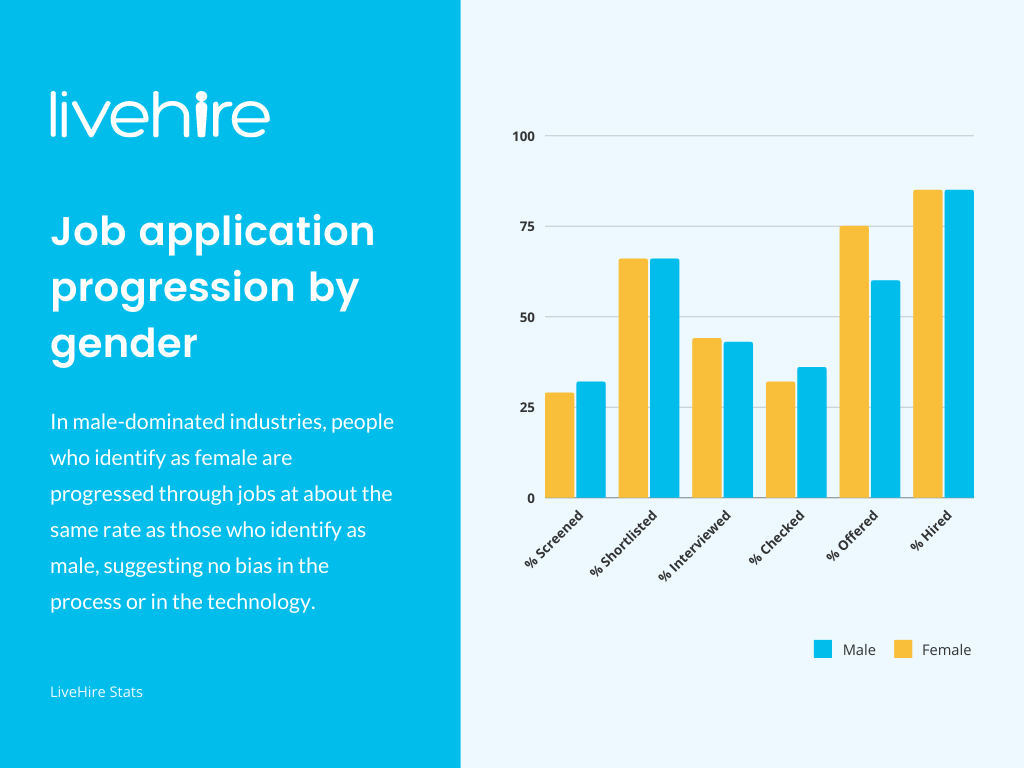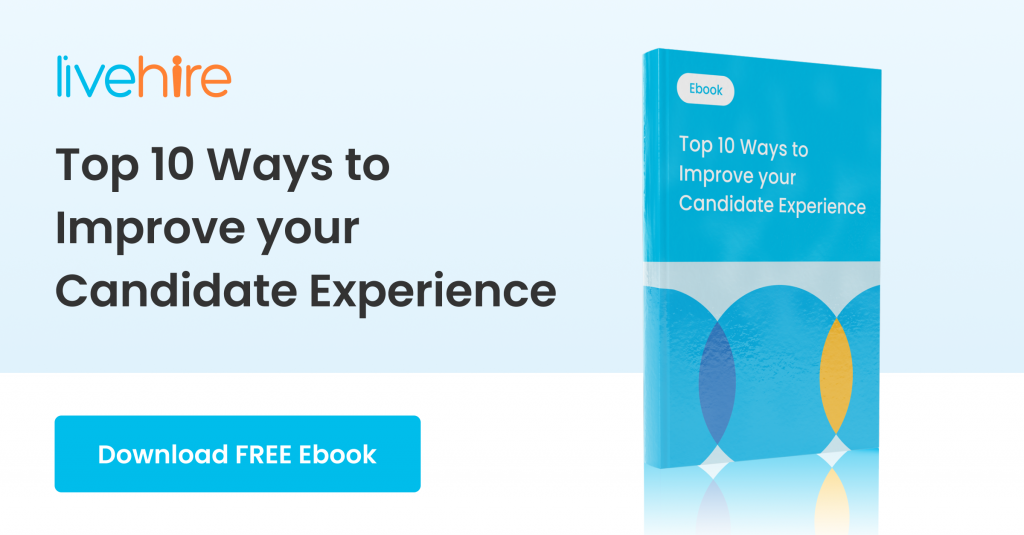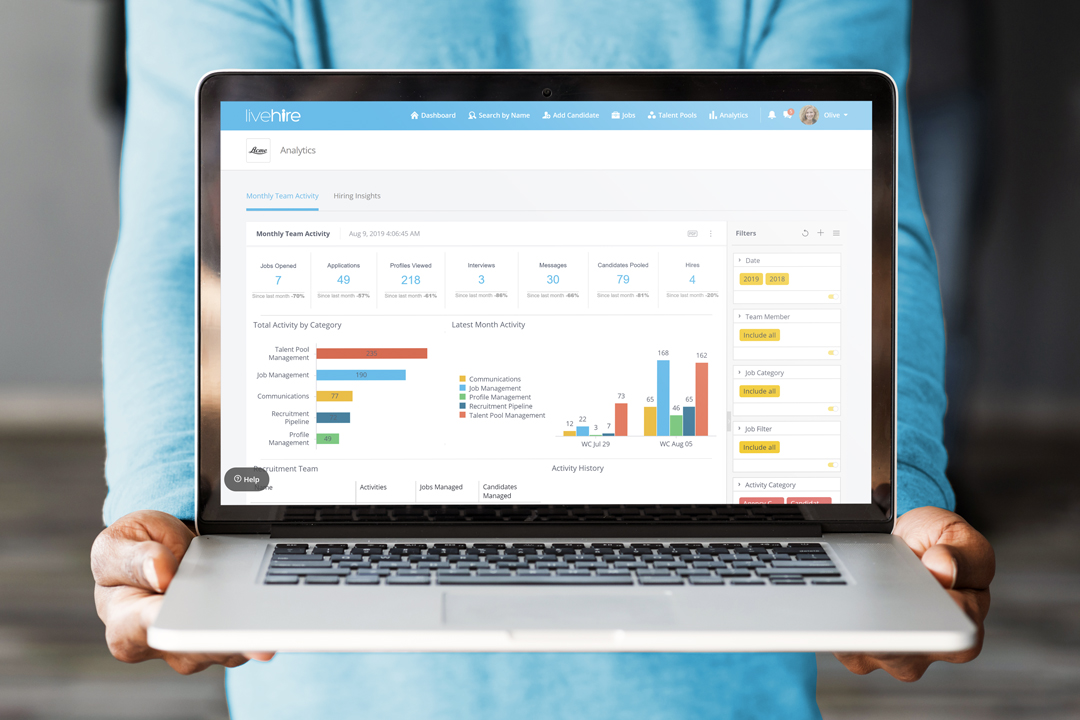
The importance of workplace diversity
There’s a strong case to be made for investing in diversity and inclusion (D&I) initiatives. Over the last five years, there has been a 113% increase in the number of executives that hold D&I job titles in organisations. Beyond the social and moral imperative of improving diversity, it can also be very lucrative for businesses to focus on hiring diversity. A study by Boston Consulting Group (BCG) found that companies with above-average diversity on their management teams reported innovation revenue that was 19 percent higher than that of below-average companies. There are several reasons for this, ranging from greater diversity of thought and experience to improved staff retention and greater identification with customers.
It’s often surprising to discover that a lot of the consumer technology we use today still has significant race and gender biases. For example, Google’s speech recognition is “13% more accurate for men than it is for women.” Similarly, Amazon famously scrapped a piece of Artificial Intelligence recruitment technology that showed bias against women. In most cases, these issues weren’t caused by individuals seeking to disadvantage women. Rather, these products were merely a reflection of the gender imbalance that is often structurally inherent in hiring practices or in product development teams, for example, and ultimately becomes hard-coded into the way things operate.
Benefits of workplace diversity
Diverse teams can foster new insights and drive innovative thinking by encouraging different solutions to problems. Employees who range in diversity have a commonality with customer needs because they are more likely to share similar experiences with them. Job candidates also recognise the importance of diversity, with as many as two-thirds of all job seekers looking for more diverse workplaces when assessing a job offer. For businesses to grow and innovate, all employees need to buy-in to the fundamental value that diversity can bring. It all starts with creating a more diverse and inclusive approach to recruitment.
The Benefits of Gender Diversity
According to the Australian Government’s Workplace Gender Equality Agency, companies who implemented a diversity policy reported the following key benefits:
- Improved culture
- Enhanced corporate image
- Increased bottom line
- Broadening of skills and experience in the workforce
- Access to a broader talent pool
- A better environment for generating ideas
Recruitment factors that contribute to lack of hiring diversity
If organisations and job applicants all recognise the value and importance of gender diversity in the workplace, what’s preventing greater progress? The most obvious place to look is in the behaviours of recruiters and hiring managers. Admittedly, some of the gender diversity issues we have historically seen in the workplace stemmed from conscious or unconscious bias during the recruitment process. In some cases, gender-balance has been inhibited by preconceived notions of specific industries or toxic company cultures. Fortunately, an increasing number of organisations actively monitor for both conscious and unconscious bias. For example, a growing number of LiveHire clients have added customised in-platform prompts for recruiters and hiring managers to remind them about diversity and inclusion policies throughout the hiring process and discourage unconscious bias.
Where is the roadblock in your diverse workforce?
The latest LiveHire data from over 100 clients shows that females and males progress through the recruitment pipeline at the same rate – in every stage – which indicates that bias has been significantly reduced or eliminated during the hiring process for many organisations. Rather it is at the entry point of applying where barriers to diversity still exist. To address this problem, HR teams need to shift their focus to attraction and engagement of diverse candidates.
To increase the diversity hiring of candidates at the top of the recruitment funnel, it’s important to rethink outdated practices around the way we portray our employer brand or advertise job vacancies. For example, studies indicate that men will apply for a role if they meet at least 60% of the desired job qualifications, whereas women will only apply if they meet 100% of them. In effect, by emphasising specific criteria such as required years of experience, companies are creating a blockage at the beginning of the hiring process that limits the number of female applicants. Most job descriptions are criteria focused, rather than competency focused. As a result, talented candidates may withdraw themselves from the selection process because they are unable to meet seemingly trivial criteria. There are other diversity barriers to consider.
Top Diversity Hiring Barriers:
- LiveHire data proves that women are less likely to re-apply with the same company when they have previously been rejected for a role, particularly in male-dominated industries. By comparison, men are more likely to reapply for roles, regardless of sector.
- Many application processes are too long and offer very little chance of receiving a response from the organisation.
- Many recruitment systems are designed to filter and reject candidates, rather than inviting them to express interest in the employer brand.
By building a branded Talent Community, rather than relying solely on job advertisements, employers invite candidates to express their interest in the organisation and alleviate the pressure to apply for a specific role that may not be fully suitable to the candidate. By flipping the traditional model and thinking differently about how we engage with job seekers, the LiveHire platform is helping companies achieve 15% better diversity outcomes than the industry standard.
How can you achieve better diversity outcomes?
Recruitment technology can be a great tool for changing outdated practices that are perpetuated through time. For companies looking to change their workforce dynamics, implementing a recruitment platform that allows for relationship building – rather than an outdated applicant tracking system (ATS) designed solely for process compliance – can produce real change. The administrative nature of old fashioned recruitment systems is designed to filter and reject the majority of candidates, leaving little room to build relationships or re-engage at a later date. This constant churn of rejected candidates can taint your employer brand and produce costly results, so it’s easy to see why your recruitment software can make all the difference.
“Komatsu is deeply committed to encouraging the employment of a diverse workforce into our organisation. Our MD champions initiatives such as the EveryONE counts strategy and advocates for greater inclusivity in our workforce to foster innovation and give our organisation a competitive advantage through diversity of thought. We’re thrilled to see that LiveHire also plays a key role in this strategy – enabling Komatsu to increase our percentage of female hires by over 30% with a more proactive, candidate-centric approach to recruitment.”
Anna Statham – Recruitment Manager, Komatsu
How to Hire a More Diverse Workforce
- Sourcing a gender-balanced applicant list by allowing female candidates to express interest in your organisation via a Talent Community.
- Build a multi-channel process to attract interested candidates.
- Empower recruitment teams to find talent proactively in Talent Communities and Talent Pools.
- Increase diversity through the quantity of women at the beginning of the pipeline by removing the barrier of applying for a role based on set criteria.
- Engage with candidates in ways that are proven to work, such as two-way SMS and integrated messaging.
- Build humanised relationships through candidate centric communication.
- Get quicker response rates with median response time via SMS of 17 minutes.
How do you attract more diverse candidates
Proactively inviting female candidates to apply for a role is an effective way to bring greater diversity to male-dominated organisations. For example, industries such as construction and mining have historically had the lowest female participation rates. Surprisingly though, women are jumping at the chance to work in construction when invited to apply – responding 38% of the time and a whopping 10% more than male candidates. The data suggests that female candidates are drawn to a more personalised engagement style that offers a reduced risk of rejection. This insight may help organisations with decades of gender imbalance finally begin to progress toward greater diversity.
With more female candidates at the start of the recruitment process and the capability to easily re-engage previous applicants, you can acquire more female employees. Clearly the functionality of real-time data, SMS communication and branded Talent Communities is an enabler in recruitment when striving for gender diversity. It’s not a new story though, companies like Dropbox, Amazon and Salesforce have been looking to attract more women to their workforces for years.
“Diversity of all types is proven to lead to higher levels of collaboration, ideas, innovation, and hence company profit, growth, and success.”
Mike Haywood, Founder of LiveHire
Talent acquisition through a modern platform, built for humanised engagement, creates more personalised candidate experiences. Organisations can explore a candidate’s values in ways that aren’t always apparent in typical job applications. The demand for emotional intelligence and ‘soft skills’ is causing many recruiters to rethink system-generated interactions, particularly when it’s possible to communicate in a personalised way, even when hiring at speed and at high volumes.
Commitment to diversity
At LiveHire, we are committed to helping organisations achieve better diversity hiring outcomes, particularly in the traditional STEM industries that struggle with attracting and retaining female talent through diversity recuiting tools. That’s a game-changer for companies wanting to transform their business performance and culture. Our data highlights that women are more responsive than men to LiveHire job invites across all male-dominated industries. This reflects a desire from women, given the right environment and recruitment experience, to apply and work in these sectors.
Engaging potential diverse candidates through Talent Communities can reduce talent bias at the application stage and place greater emphasis on competencies rather than trivial role criteria. It’s a “thunder before the lightning” theory – where a potential outcome is present before the cause. A Talent Community designed to attract diverse candidates and drive engagement with 2-way SMS interactions will always outperform any traditional ATS or legacy workflow. So how do you get your executive team on board with modern recruitment technology that supports your gender diversity policy?
The support of your senior executives is paramount in generating effective gender diversity outcomes. A growing number of CEOs are prioritising gender diversity initiatives and are looking for innovative solutions to drive results. LiveHire is proud to partner with CEO’s for Gender Equity, which supports workplace gender diversity in Australia.





